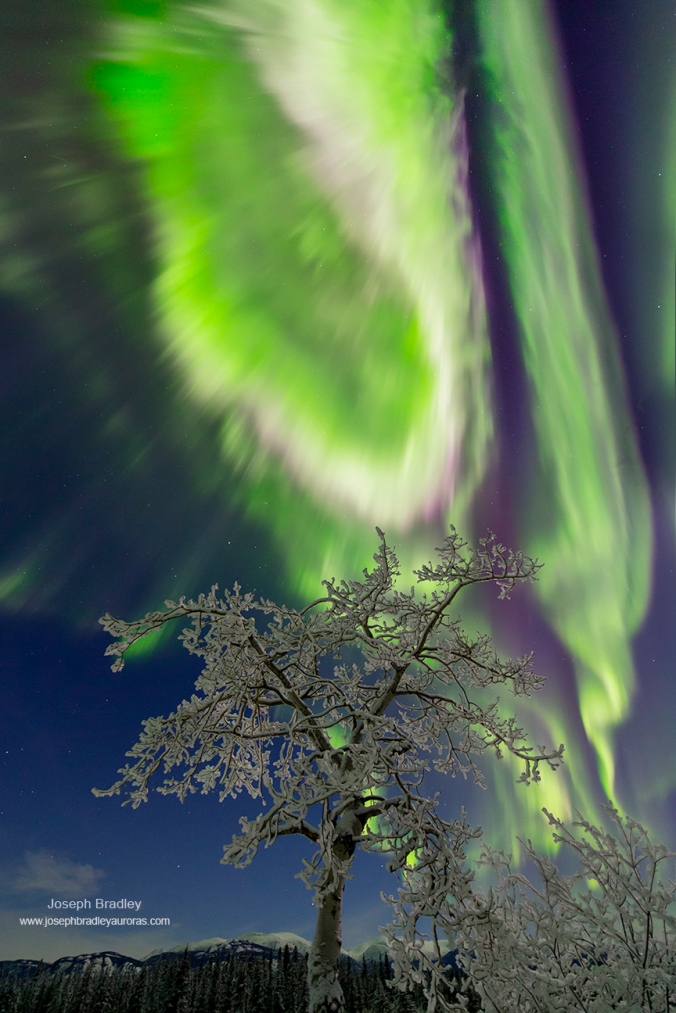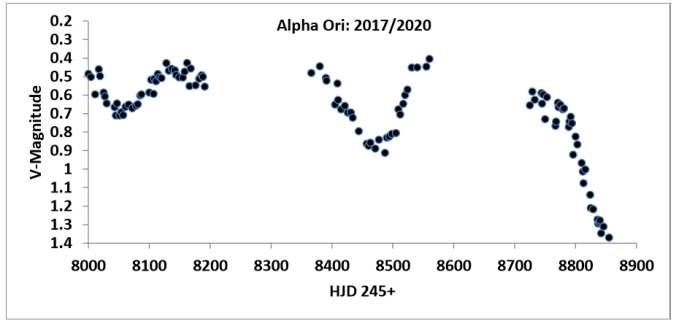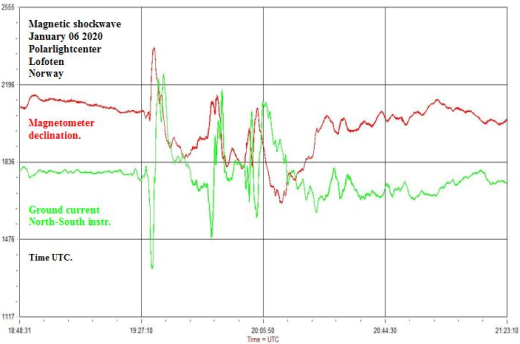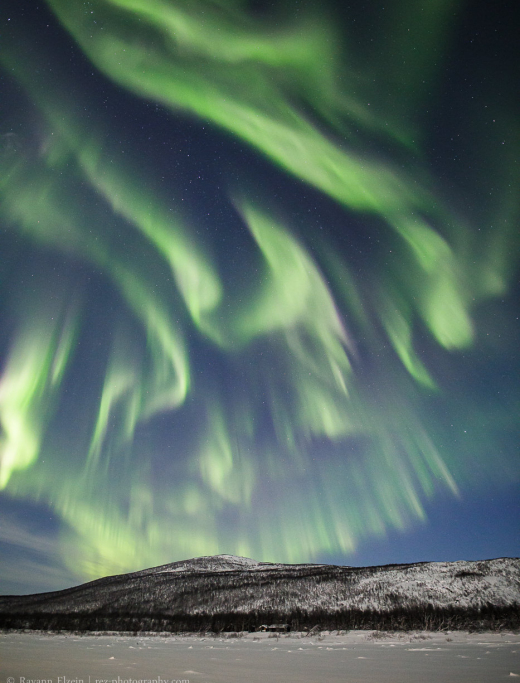Jan. 29, 2020: A new type of aurora is rippling across Arctic skies. Citizen scientists who discovered it nicknamed it “The Dunes” because of its resemblance to desert sand dunes. A paper published in the Jan. 28th issue of AGU Advances describes the new form and the unexpected physics that causes it.

Above: Aurora dunes over Laitila, Finland, on Oct. 7, 2018. Credit: Pirjo Koski. [more]
“Due to the difficulties in measuring atmospheric phenomena between 80 and 120 km, we sometimes call this region ‘the ignorosphere‘,” says Minna Palmroth, Professor of Computational Space Physics at the University of Helsinki and the lead author of the study.
Sky watchers in the Arctic have been seeing Dunes for years without understanding what they were. A breakthrough came on Oct. 7, 2018, when multiple groups photographed the dunes from widely separated locations in Finland. Maxime Grandin, a postdoctoral researcher in Palmroth’s team, analyzed the images, using triangulation techniques to decipher the Dune’s geometry.
Conclusion: Dunes are located ~100 km high–smack-dab in the middle of the ignorosphere–and have a pure, monochromatic wavelength of about 45 km.

Above: An artists’ concept of a mesospheric bore trapped in a high-altitude waveguide. [more]
The discovery of Dunes may allow researchers to study the ignorosphere as never before. Monitoring Dunes can reveal previously hidden waves and waveguides at the boundary between Earth and space. Aurora photographers, have you seen a Dune? Submit your photos here.
Note: This research was made possible by ordinary people paying close attention to the sky. The first report of aurora dunes in Oct. 2015 came from Mikko Peussa, an aurora photographer in Finland. Next, Matti Helin learned of the phenomenon and managed to get researchers interested. Helin participated in subsequent breakthrough observations, and joined 6 other amateurs (P. Koski, A. Oksanen, M. A. Glad, R. Valonen, K. Saari and E. Bruus ) on the AGU Advances paper.









